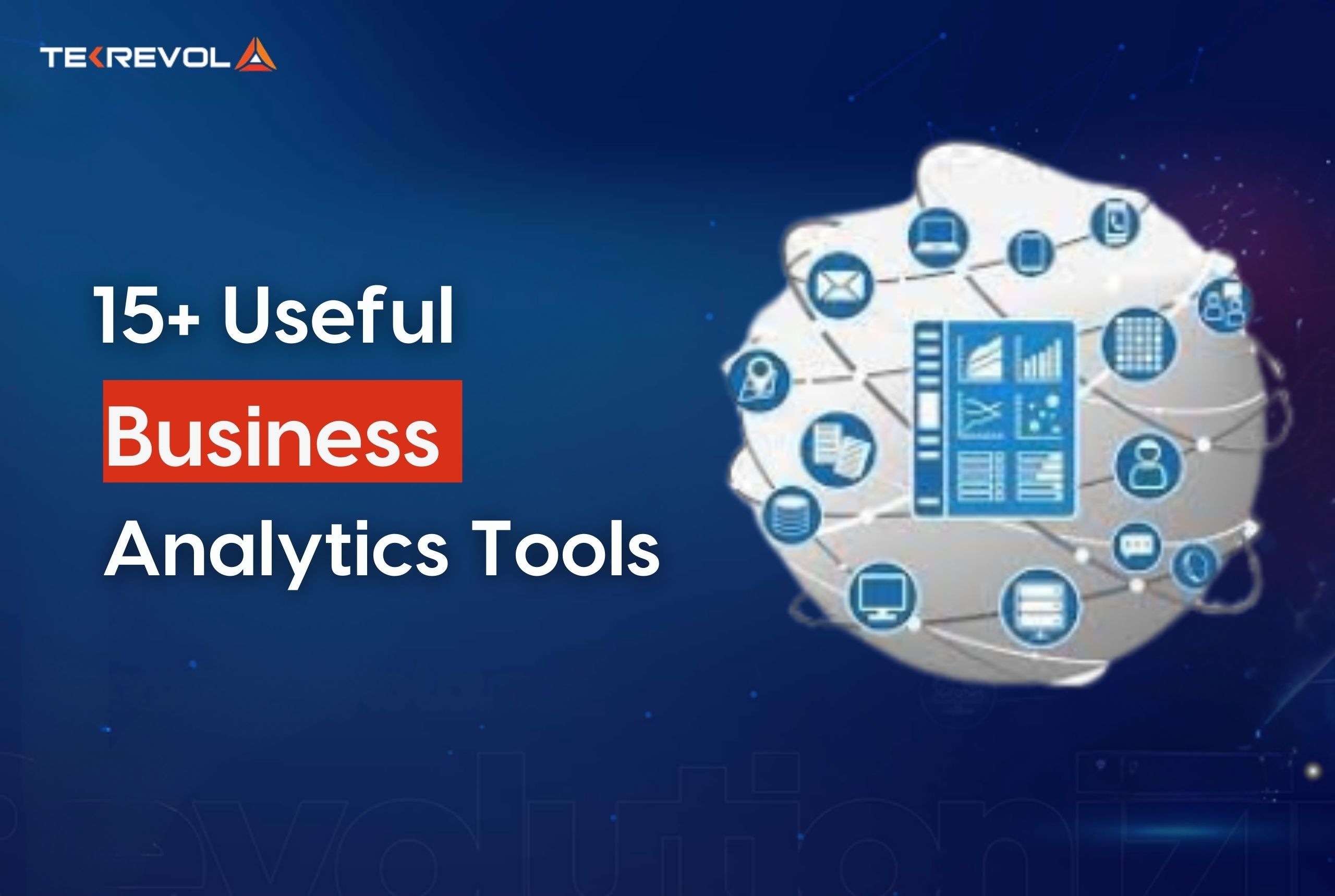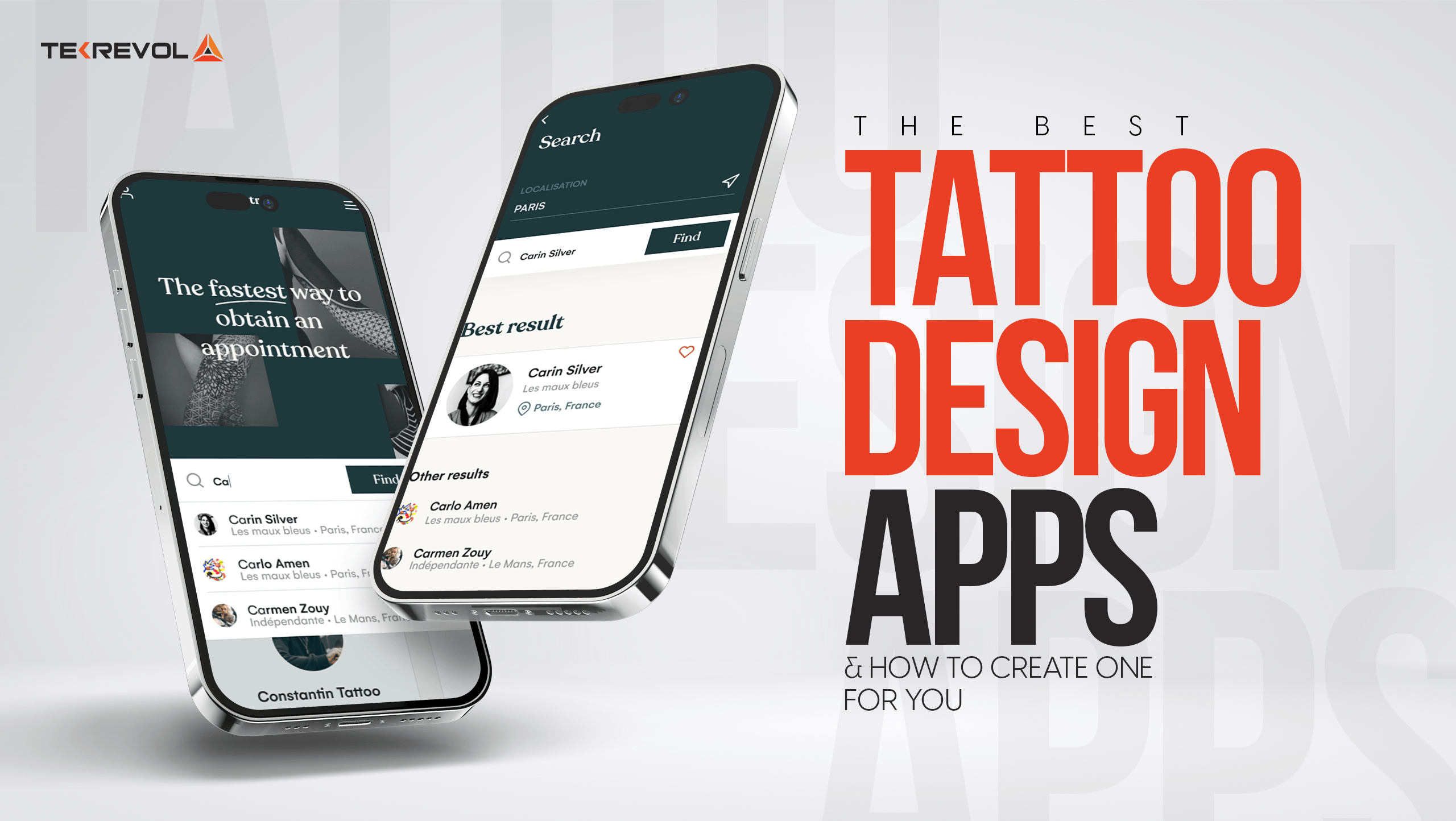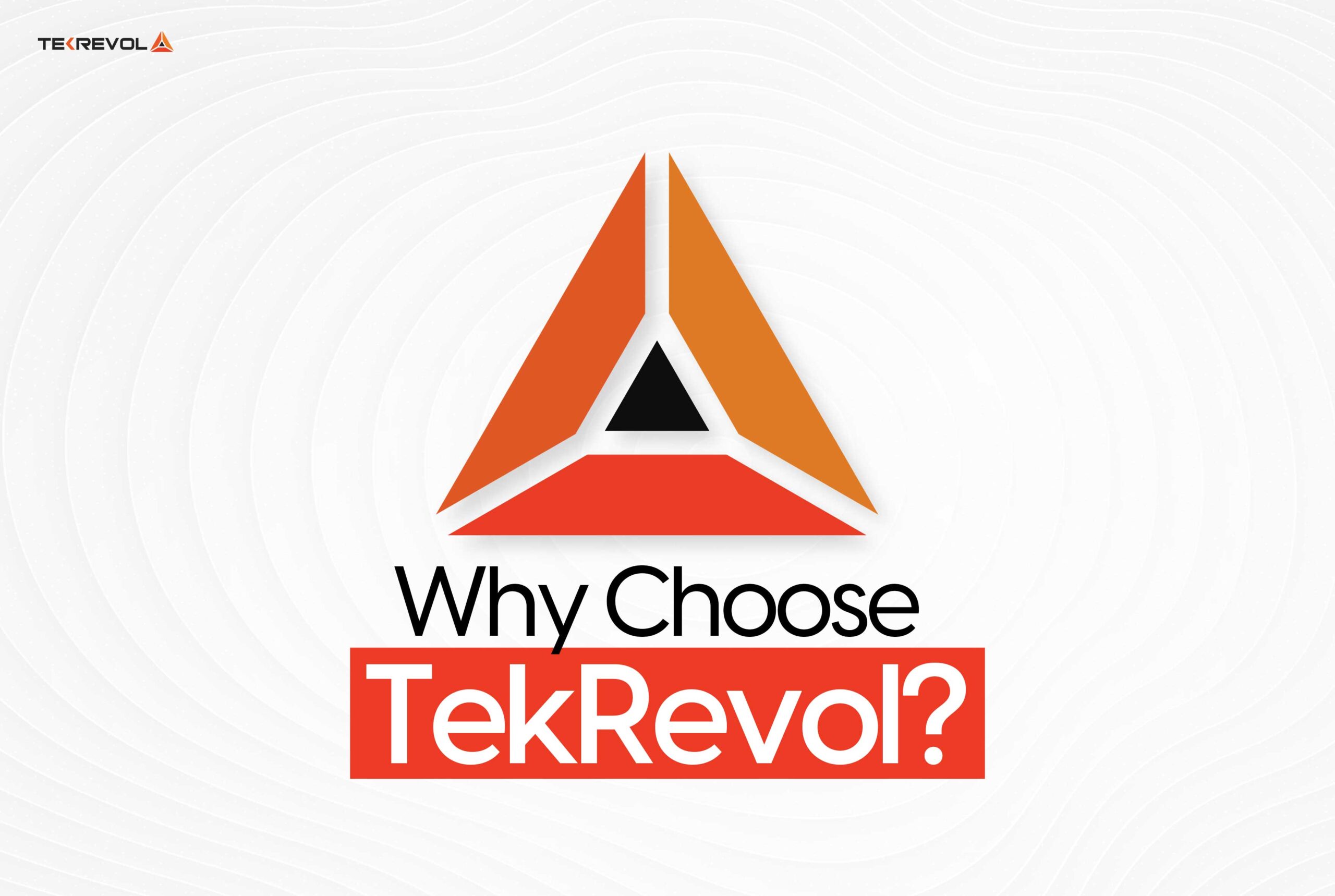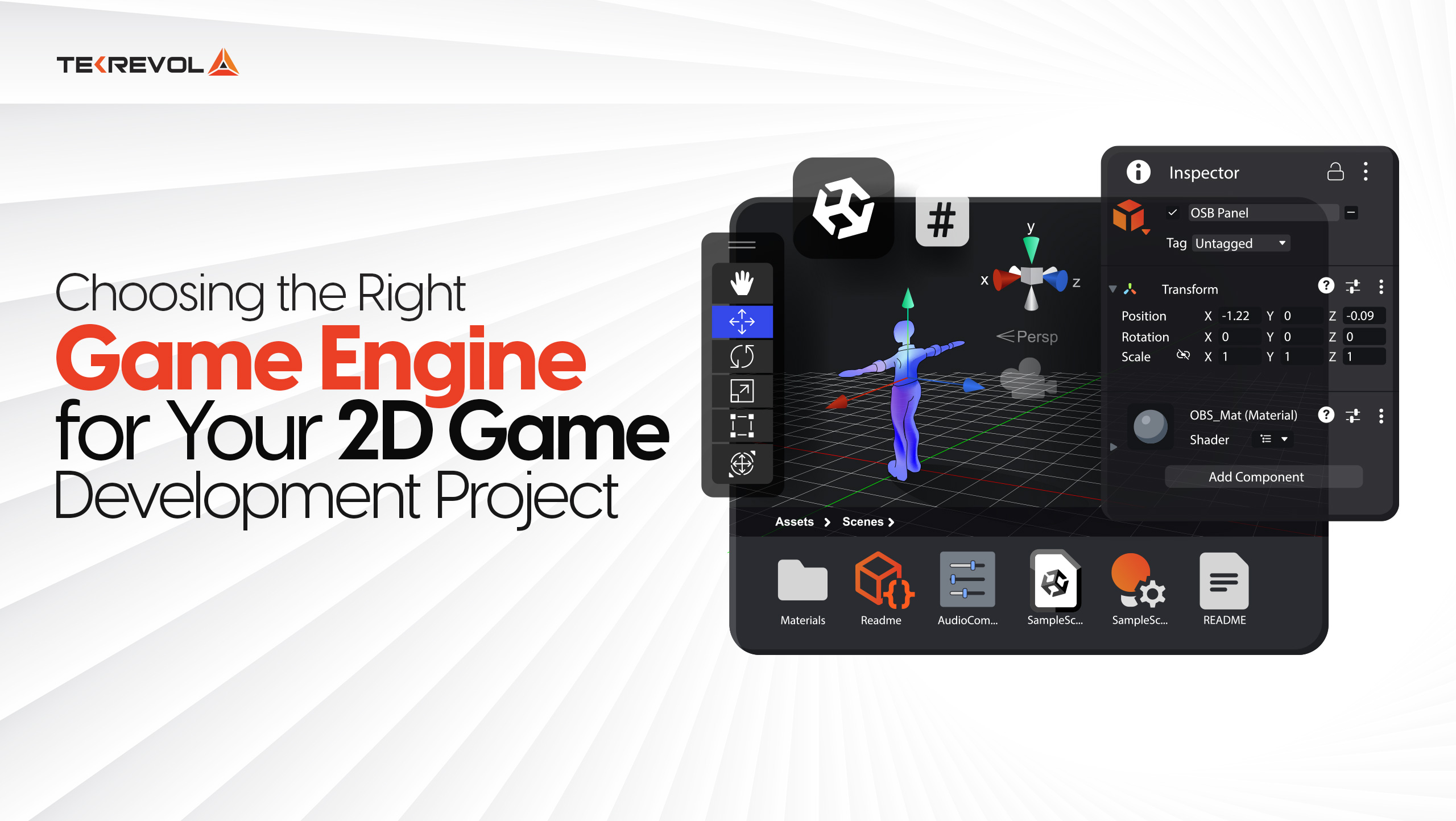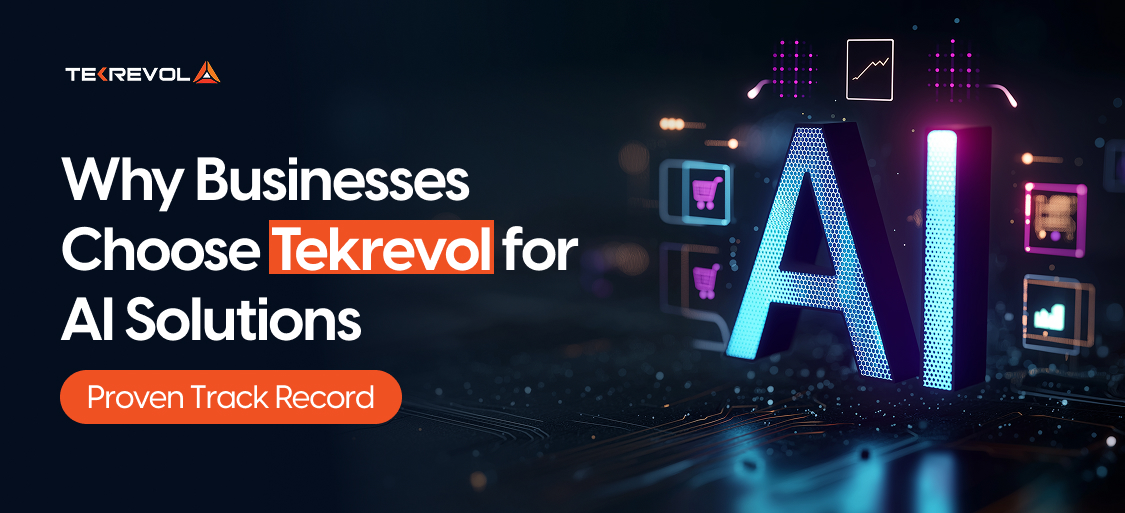Greetings! Suppose you are jamming to your go-to playlist during your daily commute, and the tunes never cut off. That’s the sorcery of music streaming apps that have changed the way we listen to audio content.
The digital music industry is expanding more quickly than ever before, thanks to advanced customization technology and the increasing demand for on-demand material.
Music streaming app development is a lucrative opportunity that is just waiting to be taken advantage of, whether you’re an independent artist looking to reach a worldwide fan base or a digital entrepreneur looking for the next big platform.
What is so thrilling about this space is the variety of ways you can approach it. If you’re going to create a Spotify alternative with AI-driven recommendations or a niche platform centered around particular genres, the secret is to get to know your users, apply the appropriate tech stack, and design experiences that users will return to again and again.
The elegance of streaming app development in 2025 is that you do not have to begin from the ground up. With sophisticated development frameworks, cloud infrastructure, and available APIs, developing a strong music streaming platform has never been easier.
Music Streaming App Market Overview
The music streaming market is going through one of the most vibrant growth periods ever. The world market, worth $44.58 billion in 2024, will boom to $132.59 billion by 2032, based on a staggering 14.6% compound annual growth rate.
Present Market Leaders
Spotify is the leading music app. It has over 602 million active listeners and 236 million premium users. Their supremacy stems from powerful AI algorithms that power services that provide tailored experiences that retain customers.
YouTube Music has established a niche by integrating legitimate music videos with audio streaming, catering to both visual and audio-based user demands. With more than 100 million paid subscribers, they’ve shown that format-based differentiation can work as a marketing strategy.
Apple Music uses the strength of ecosystem integration with seamless experiences on Apple devices. Its emphasis on quality audio and original content has gained it more than 93 million subscribers who prefer superior listening experiences.
Key Market Drivers
In developing music streaming apps, the increase is driven by a number of key drivers:
- User Behavior: younger audiences value access over ownership, so Subscription-based models are popular among them.
- Smartphone Expansion: Streaming becomes more accessible as smartphones become more widely used worldwide.
- Internet Infrastructure: High-quality streaming is made feasible by improved 5G infrastructure and WiFi penetration.
- AI and Personalization: Deep learning-based recommendation engines produce sticky user experiences
Big idea, small roadmap?
Our step-by-step development process takes you from vision to a full-scale music app.
Start creating now.7 Steps Guide To Build A Music Streaming App?
Developing a successful music streaming platform demands a methodical approach that combines technical superiority with user experience design. Here’s our complete guide to music streaming app development.

Step 1: Define Your Vision and Conduct Market Research
Before you start coding, have a clear vision of your platform. Research the market deeply to know the listening behavior, preferences, and pain points of your target audience.
- Audience Analysis: Know your target audience. Are you for the Gen Z users who value social features, or the millennials who value high-quality sound and extensive libraries?
- Competitive Landscape: Review current platforms for their shortcomings. Spotify is best for discovery but short on high-resolution audio. Apple Music is best in terms of premium quality but poor in social features.
- Unique Value Proposition: Establish what differentiates your platform. It may be high-end audio, innovative social features, improved artist compensation models, or optimized content curation for a music application.
Step 2: Obtain Music Licensing and Legal Framework
Legal conformity is not negotiable when creating music streaming apps. In the US, you’ll require licenses from:
- Performance Rights Organizations (PROs): ASCAP, BMI, and SESAC for public performances
- Mechanical Licenses: Cover reproduction and distribution of songs in digital form
- Master Recording Licenses: Usually held by record companies for actual recorded copies
Step 3: Design User Experience and Interface
Excellent streaming app design begins with a user-friendly design that makes it easy to discover music and play it back. Speed, simplicity, and emotional connection should be at the top of your UI/UX design priority list.
- Mapping of User’s Journey: When the user starts downloading the application and becomes a regular user explains the journey.
- Ease of Cross-Platform: the fundamental experience must be seamless and cohesive, no matter if users utilize your platform through a mobile app development, web interface, or smart devices.
Step 4: Create the Main Features and Functionality
The primary functionality of the music streaming service is considered the backbone of the service.
- Music Playback Engine: Offers streaming of music of various formats like MP3, AAC, and FLAC while providing high-quality audio and adaptive bitrate streaming.
- Search and Discovery: Capture song names, the artists associated with them, albums, lyrics, and even melodies played in the form of sung words, with the ability to perform strong searches on them.
- Music Organization: It manages users to update, edit, and share with multiple playlists, along with interactive functions to automate the music tastes of a user.
- Downloadable Content: Users can easily download music while viewing offline, making it essential for mobile users.
Step 5: Select Technology
While developing your music streaming apps, you must choose the right framework that may impact your performance.
- Frontend Frameworks: Selecting the right frameworks like Flutter or React Native can optimize your app more often.
- Backend Infrastructure: With technology like AWS, Amazon, and Azure, you can easily scale your application with perfect architectures.
- Database Management: Using PostgreSQL can help you store your data in object forms, letting you expand your database multiple times without losing performance.
- CDNs: Utilizing AWS or Cloudflare can offer quick content delivery to users.
Step 6: Initializing AI-Driven Personalization
With AI integrated into your app, you can scale it even further as AI helps you to track user behavior and interest and recommend related music items to their playlists.
Analyze in depth user preferences: playbacks, skips, playlist additions, search terms, and time spent listening. This information informs your recommendation engines and analytics panel for better music streaming app opportunities.
Step 7: Testing, Release, and Continuous Improvement
- Quality Assurance: Conduct thorough testing involving functional testing, performance testing, and security testing. Give audio quality and cross-device sync special care.
- Launch Strategy: Organize a simultaneous release campaign involving social media promotion, influencer collaborations, and user acquisition campaigns.
- Performance Monitoring: Have monitoring implemented to monitor app performance, user interaction, and technical problems for ongoing optimization.
Features That Every Music Streaming App Must Have
Finding the ideal mix between essential features and cutting-edge capabilities that set your app apart is key to creating a competitive music streaming solution.
Core Essential Features
- User Registration and Authentication: Secure, frictionless sign-up with various login options
- Music Library and Search: Robust search engine supporting natural language search and partial searches
- High-Quality Audio Streaming: Multiple formats supported with adaptive bitrate streaming
- Playlist Creation and Management: Unlimited number of playlists with collaborative editing and sharing
- Offline Downloads: A Premium feature enabling offline listening by downloading content
- User Profiles and Library Management: In-depth profiles recording listening history and preferences
Advanced Differentiation Features

- AI-Powered Recommendations: Intelligent engines learning from user behavior
- Social Integration: Share music, make collaborative playlists, view friends’ recent listening
- Cross-Device Synchronization: Seamless experiences on all devices
- Voice Control Integration: Integration with Alexa, Google Assistant, and Siri
- Lyrics Display: Lyrics synchronized display with karaoke-style highlighting
Struggling to stand out in streaming?
Tekrevol designs platforms with unique features that attract users and keep them loyal.
Let’s build yours today.Types of Music Streaming Apps
The streaming app market includes different types of platforms:
On-Demand Music Libraries
End-to-end platforms such as Spotify and Apple Music with large catalogs containing millions of songs from all genres.
Genre-Specific Platforms
Niche services concentrating on particular genres or cultures, such as Bandcamp for independent artists or TIDAL for high-fidelity audio.
Radio and Discovery-Based Apps
Platforms such as Pandora generate customized radio stations based on music genome information and user preferences.
User-Generated Content Platforms
Platforms such as SoundCloud enable artists to upload and share content directly with audiences.
Cost to Create a Custom Music App
Knowing the music streaming app cost is important for project planning:
| App Complexity | Cost Range | Timeline | Key Features |
| Basic Music App | $60,000 – $120,000 | 3-4 months | User registration, basic playback, simple playlists |
| Medium Complexity App | $140,000 – $240,000 | 5-7 months | AI recommendations, offline downloads, social features |
| Advanced Platform | $280,000 – $500,000+ | 8-12 months | Enterprise features, advanced analytics, multi-platform support |
Sustaining Operating Expenses
Music Royalties and Licensing: 60-70% of gross revenue to rights holders
- Infrastructure and Host: $5,000 – $50,000+ per month, scaling with users
- Development Team Maintenance: $200,000 – $500,000 per year
- Marketing and User Acquisition: 20-40% of revenue
Licensing and Legal Matters
Legal compliance is likely the most intricate part of music streaming app development. The music business has very complex copyright regulations that differ by country and media type.
Key Music Licenses in the United States
- Public Performance Rights: Assisted by ASCAP, BMI, and SESAC, usually $0.003 to $0.005 per stream.
- Mechanical Rights: Cover duplication and delivery, usually handled through The Mechanical Licensing Collective (MLC).
- Master Recording Rights: Owned by record labels, and direct negotiations with major labels and independent distributors are needed.
International Licensing
Licensing frameworks in each country are different. The EU has individual rules regarding the digital single market and GDPR compliance, while Canada, the UK, and Australia have individual rights societies and requirements.
How Tekrevol Assists You in Creating Music Streaming Applications in 2025?
In 2025, it takes more than coding to start a successful music streaming app—it takes strategy, scalability, and in-depth industry knowledge. Tekrevol integrates technical superiority with music industry knowledge to enable you to turn your idea into a competing platform that acquires and holds onto users.
Here’s how Tekrevol assists you:
- Full-Stack Expertise: Seamless frontend, backend, and mobile app development for iOS, Android, and web.
- Advanced Technology Integration: AI-based suggestions, high-quality streaming, and cloud-native scalability.
- Music Industry Expertise: Support on licensing, royalty mechanisms, and rights holder compliance.
- End-to-End Development Methodology: From planning and architecture to QA and continuous optimization.
- Flexible Engagement Models: Choice to create a full solution or supplement your in-house development team.
With Tekrevol, you get more than a coder; you get a partner who knows how to keep technology, user requirements, and business objectives in harmony. Our successful history in customized music streaming app development guarantees your app is designed for growth, interaction, and lasting achievement.
Want users hooked, not bored?
Tekrevol builds music apps with personalization and engagement at the core.
Launch your app today


